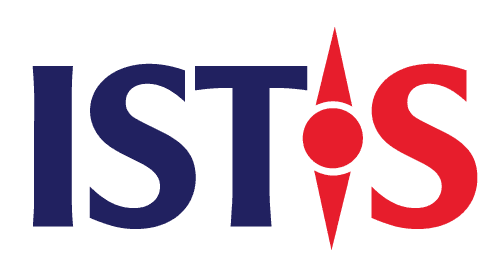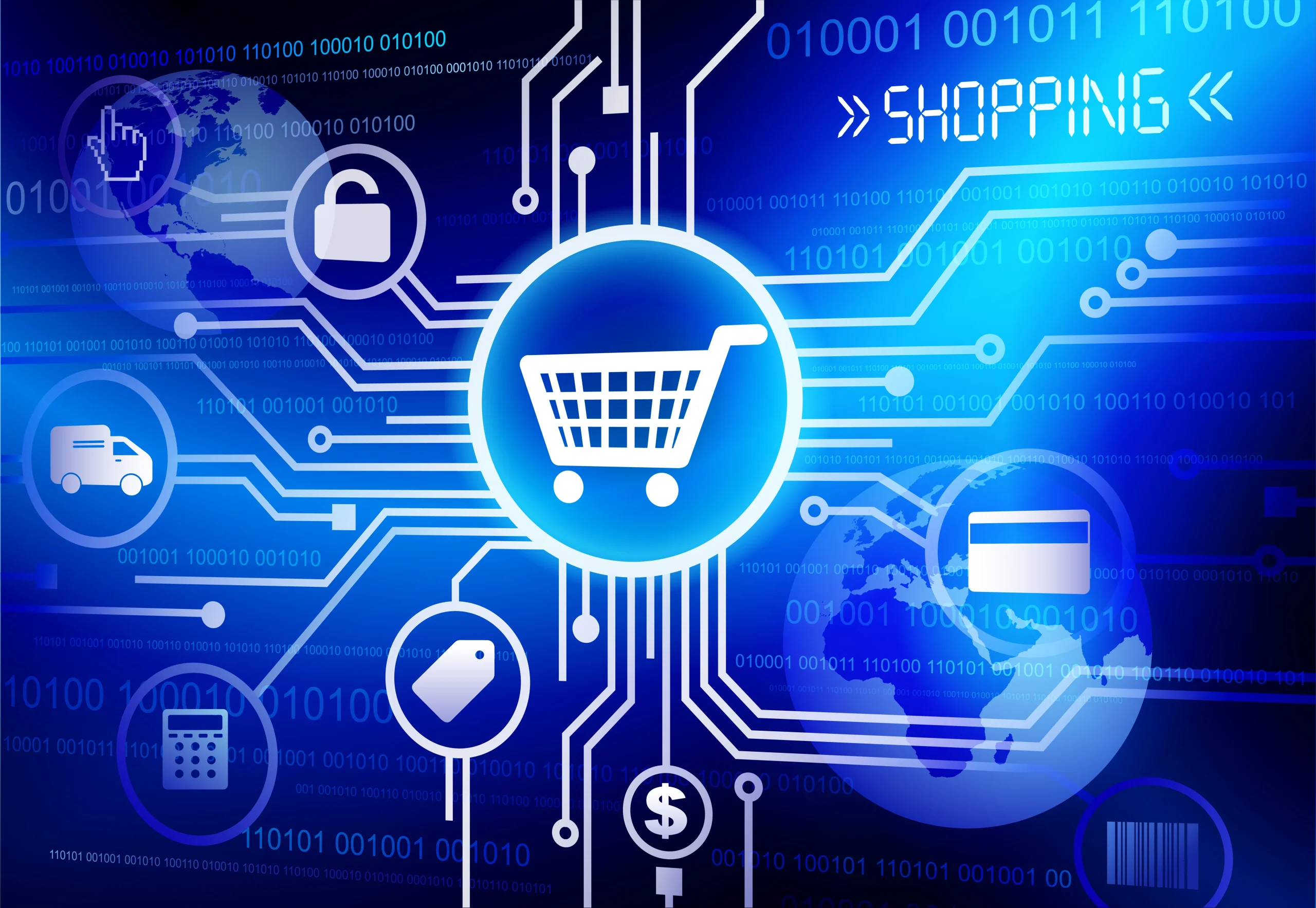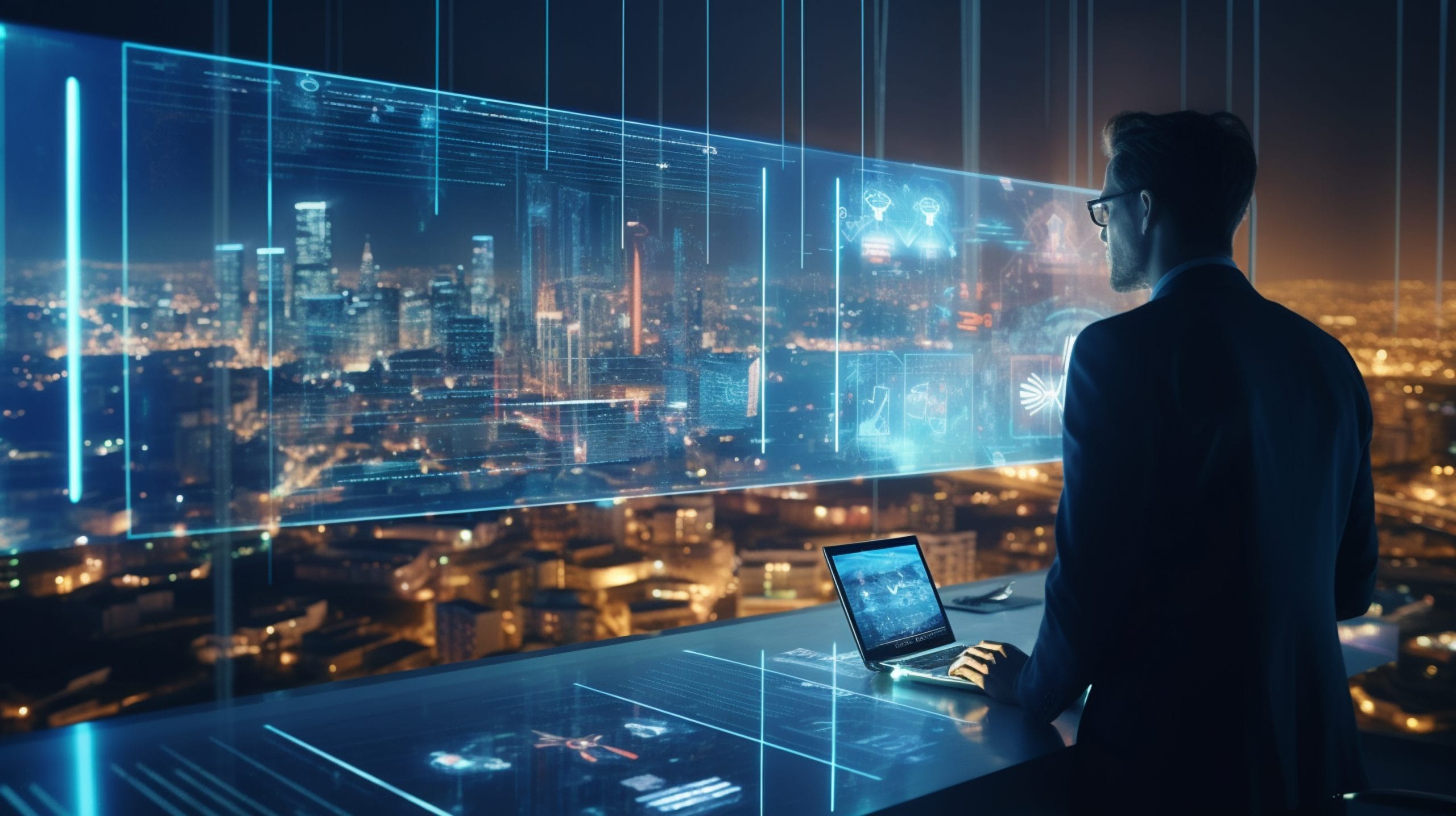The Expanding Threat Landscape
In today’s hyperconnected business environment, cybersecurity has become a frontline issue for enterprise leadership — not just IT departments. The threat landscape is no longer dominated by isolated attacks or unsophisticated viruses. Instead, large organizations face a complex web of risks that are increasingly targeted, automated, and financially or politically motivated.
Ransomware remains a primary concern, with attackers using advanced tactics like double extortion to increase pressure. Nation-state actors are increasingly active, aiming not just at government targets but at critical infrastructure and corporate assets. Supply chain attacks, such as the high-profile SolarWinds breach, have highlighted the vulnerability of even the most security-conscious companies when third-party software is compromised. Meanwhile, insider threats — both accidental and malicious — continue to cause significant data breaches, often flying under the radar due to insufficient monitoring.
The rise of remote and hybrid work has also expanded the attack surface. Every additional endpoint — whether it’s a mobile device, a personal laptop, or a smart office sensor — becomes a potential vulnerability. Cybercriminals are exploiting gaps created by rapid cloud adoption and remote access solutions that were often implemented under pressure, with security measures taking a back seat.
Moreover, the increasing use of AI and machine learning by attackers makes detection and response even more challenging. Automated attacks can now probe systems around the clock, adapt in real time, and disguise malicious behaviors to avoid traditional security mechanisms. As enterprises digitize further, the costs of a successful breach grow — not just in direct financial loss, but in reputational damage, regulatory penalties, and loss of customer trust.
In this climate, enterprise cybersecurity solutions must go beyond basic protection. They need to be adaptive, intelligent, and deeply embedded across the organization’s technology and culture. Understanding the scope and speed of these evolving threats is the first step toward building a resilient cybersecurity posture.
Core Components of Enterprise Cybersecurity Solutions
To navigate today’s high-stakes cyber landscape, enterprise cybersecurity solutions must be both comprehensive and cohesive. A strong defense isn’t built on a single tool or platform — it’s a layered architecture of technologies, policies, and human practices working in concert. The most effective solutions are designed to anticipate, prevent, detect, and respond to threats across every level of an organization’s digital infrastructure.
At the heart of this architecture is identity and access management (IAM). Controlling who has access to what — and under what conditions — is fundamental. Modern IAM systems use multifactor authentication, role-based access, and adaptive trust models to minimize unauthorized access while maintaining usability. Closely tied to IAM is endpoint detection and response (EDR), which provides real-time visibility and automated actions across laptops, servers, mobile devices, and more.
Network security solutions remain essential, particularly firewalls, intrusion detection and prevention systems (IDPS), and secure web gateways. These tools analyze traffic for anomalies and block known malicious activity. Meanwhile, cloud security has become a distinct and necessary layer, with solutions like CASBs (Cloud Access Security Brokers) and cloud-native security platforms protecting assets in AWS, Azure, Google Cloud, and other environments.
Data loss prevention (DLP) tools are vital for safeguarding sensitive information — especially as data moves freely across devices, apps, and locations. DLP identifies and stops unauthorized sharing, encrypts data in transit and at rest, and helps enterprises meet compliance obligations in industries like finance and healthcare.
Security information and event management (SIEM) systems tie all these components together, aggregating logs, applying analytics, and triggering alerts when suspicious activity is detected. Many enterprises are also embracing SOAR (Security Orchestration, Automation, and Response) platforms to streamline response workflows and reduce manual effort.
The most advanced cybersecurity programs include proactive measures like penetration testing, red teaming, and threat hunting. These simulate attacks or search for dormant threats, pushing security teams to think like adversaries.
Ultimately, the strength of enterprise cybersecurity lies in integration. Fragmented tools and siloed teams leave gaps. Unified solutions, aligned with business objectives, create a defense that’s stronger than the sum of its parts.
Why One-Size-Fits-All Doesn’t Work
When it comes to enterprise cybersecurity, context is everything. What works for a global financial institution may be excessive—or irrelevant—for a midsize manufacturing firm. While certain principles remain universal (like the importance of access control or data protection), the specific configuration of cybersecurity solutions must reflect each organization’s unique risk profile, operational environment, and digital footprint.
A one-size-fits-all solution often fails because it ignores key differences in industry compliance requirements, IT infrastructure, user behavior, and threat exposure. For example, healthcare organizations face strict patient data regulations (such as HIPAA), while companies in the energy sector must protect industrial control systems that aren’t even connected to the internet. Retail businesses, on the other hand, prioritize payment system security and point-of-sale protection.
Company size and maturity level also matter. Large enterprises might benefit from highly customizable, best-of-breed tools and a dedicated security operations center (SOC). Startups and mid-sized firms may prefer all-in-one platforms with simplified management and built-in automation. Cloud-native businesses prioritize container and API security, while legacy-heavy organizations focus on protecting on-premises infrastructure and migrating safely to hybrid models.
The right vendor or solution is one that adapts to your workflows, speaks your industry’s language, and scales with your growth. Flexibility, modularity, and configurability are more valuable than sheer volume of features. What matters most is whether a solution aligns with your real-world operations and strengthens your ability to anticipate, withstand, and recover from threats.
The Real Value Drivers
In today’s complex digital environments, the value of enterprise cybersecurity solutions goes far beyond traditional firewalls or antivirus software. What separates high-impact systems from basic defenses is their ability to integrate seamlessly across a company’s entire technology stack, provide unified visibility, and enable intelligent, real-time responses to threats.
Modern enterprises rely on hybrid infrastructures—on-premises servers, cloud platforms, SaaS applications, mobile endpoints, and increasingly, IoT devices. With such diversity, disconnected security tools can’t keep up. Effective solutions must integrate with everything from identity providers (like Azure AD or Okta) to collaboration platforms (such as Microsoft Teams or Slack), cloud services (AWS, Azure, GCP), and even developer workflows. Integration ensures that security is not a standalone effort, but embedded into daily operations.
Equally crucial is visibility. Security leaders can’t defend what they can’t see. Enterprise-grade cybersecurity platforms offer centralized dashboards, real-time alerts, and behavioral analytics that provide a 360-degree view of users, devices, data, and potential threats—across all environments. This level of visibility helps detect anomalies early, understand attack paths, and prioritize risks before damage is done.
In essence, true enterprise cybersecurity is not a patchwork of tools, but a coordinated system that sees everything, talks to everything, and acts when it matters most.
Cybersecurity as a Business Enabler
For many years, cybersecurity was treated as a cost center—necessary, but often viewed as a blocker to innovation or agility. That perception is quickly changing. In today’s threat landscape and regulatory climate, strong cybersecurity is not just about defense—it’s about enabling trust, unlocking digital potential, and supporting sustainable business growth.
Modern enterprises are increasingly digital-first. Whether it’s customer onboarding, payment systems, product development, or internal collaboration, every touchpoint is mediated by technology. Cybersecurity ensures that these processes are not only protected but also compliant and resilient. When done right, it gives businesses the confidence to move faster, scale broader, and innovate deeper—without fear of exposure or disruption.
Moreover, cybersecurity is becoming a core part of brand value. Customers, partners, and investors pay close attention to how organizations protect data and manage risk. A strong security posture, demonstrated through certifications (like ISO 27001 or SOC 2), transparent practices, and fast response capabilities, directly contributes to market credibility. It also opens doors in regulated industries where compliance is non-negotiable.
Internally, cybersecurity helps unify IT, legal, HR, and leadership teams around shared responsibilities. With proper education, clear policies, and the right tools, security becomes part of the organizational culture.
Looking ahead, enterprise cybersecurity will continue evolving alongside business strategy. From securing AI models and remote teams to navigating complex regulations and supply chain risks, the challenges are only getting more sophisticated. But so are the opportunities. Companies that view cybersecurity not as a bolt-on fix, but as a core strategic asset, will be better positioned to adapt, grow, and lead.





